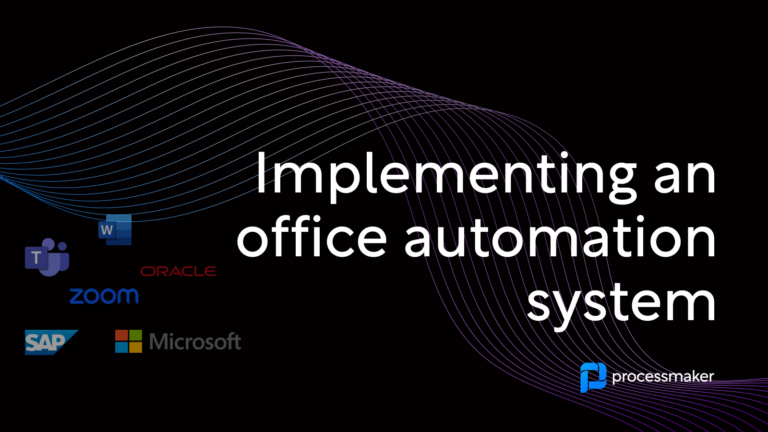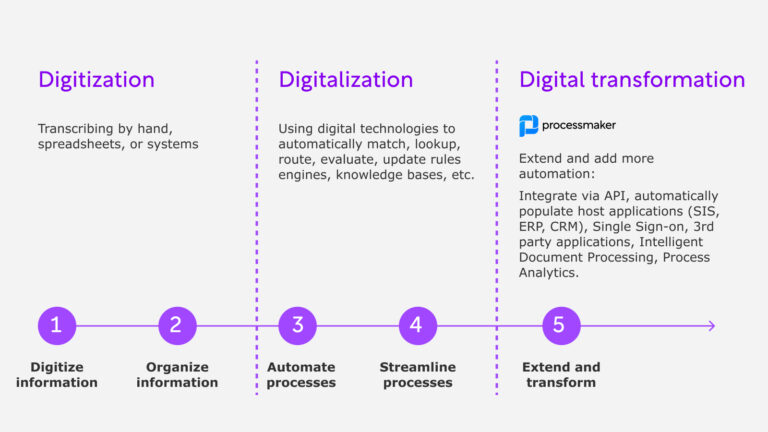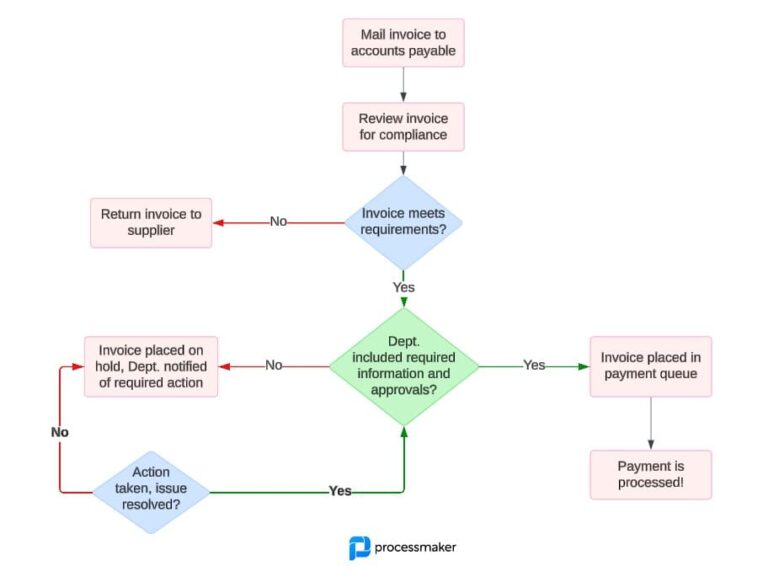The ability to constantly optimize your company’s processes for workflow success is a skill that only some companies truly master. In this article, we aim to highlight five companies that stand out as particularly innovative when it comes to workflow. While you may expect some of these companies to excel in the area of workflow, others may be more surprising. Ultimately, there is a lesson to be learned from each company about how to optimize your business processes and workflows.
1. Nvidia
NVIDIA, the inventor of the GPU, has also become the brain of self-driving cars, intelligent machines, and IoT. Put briefly, this is a highly diverse team of extremely talented people that have workflow down to a science.
With over 10B in annual revenue, NVIDIA can afford to be the technology innovator it is. In fact, it is their innovations that enable them to use workflow to become resource allocation masters. How do they do this? By becoming the very embodiment of the popular software industry phrase “eating your own dog food.”
The nerds reading this article already know that NVIDIA is a record holder in the field of AI. Using AI, they have pioneered advancements in image classification, object detection, object instance segmentation, translation, and recommendation times. What the nerds might not know is that they use these technologies to allocate money to cut costs and boost efficiency through a workflow.
NVIDIA collects data on every aspect of their company, from exactly how many CPUs they have sold to the cost of raw materials they need to manufacture those CPUs. By integrating AI into their workflows, they analyze the exact cost of each process and use that data to make real-time decisions to allocate money in the most cost-effective way, automatically. This re-investment into their own company using advanced workflow technology is what makes them a workflow success.
2. SpaceX
SpaceX designs, manufactures, and launches advanced rockets and spacecraft. The company was founded in 2002 to revolutionize space technology, with the ultimate goal of enabling people to live on other planets. No big deal.
One day, the once-thought-insane SpaceX decided they would launch a rocket into space every two weeks. This was quite a high bar to set until their optimized workflow finally got them to the promised land. Here’s how they did it.
SpaceX began to master the art of supply lines, in-house production, engine-testing workflow and the results began to show. Beginning with 5 launches in 2015, they managed to reach 18 launches annually by 2017 and 21 launches just last year. The core of their beliefs is to follow two concepts: 1) increase the number of launchpads in alignment with demand and 2) continuously optimize supply line, production, and engine testing workflows.
In 2018 alone, SpaceX launched 21 rockets doing just that. If SpaceX maintains its current trajectory, they could easily launch 26 rockets in 2019 which would be a record for any public or private space travel entity. That truly is workflow taken to the next level.
3. Amazon
Online shopping from the earth’s biggest selection of books, magazines, music, DVDs, videos, electronics, software, apparel & accessories, tools & hardware, housewares, furniture, sporting goods, beauty & personal care, broadband & DSL, gourmet food & just about anything else.
Yes. Amazon does everything. But to be great at everything, you need to have the most efficient workflows in the world. Further, these workflows need to be constantly self-correcting, using machine learning and AI to do so, so that at every second they use every piece of data to optimize every workflow. Amazon has this down to a science, namely using its own AWS technology.
The way that Amazon describes its approach to workflow is to “Embrace Chaos”. In the process of building this elaborate system, Amazon has completely redefined warehouse efficiency. What makes Amazon’s warehouses work is the way they organize inventory: with complete randomness.
At a traditional warehouse, when a shipment arrives an employee finds where the shelf for that product is located and ensures it is transported there. When that same product arrives at an Amazon warehouse, though, the process works quite differently. An employee removes each product and stows it wherever they find open space. Therefore, placement is completely random. Employees do not organize items in any way, shape, or form.
How does this make any sense? Random storage makes finding products faster. If there were a dedicated shelf for each product and someone ordered that product, someone would need to go there, whether they were 5 feet or 200 yards away. However, if the warehouse stores that product in 50 different locations, it’s likely there’s a closer unit of that product within reach. “With the millions of items that we ship, every opportunity to improve a process by a second is relevant,” said David Alperson, Director, Logistics at Amazon.
4. Intel
Intel’s innovation in cloud computing, data centers, Internet of Things, and PC solutions powers the connected digital world we live in.
You’ve probably seen Intel thousands of times throughout your life but depending on your technical prowess, you probably don’t know much about what exactly Intel does as a business. Even the description from their website basically describes Intel as being in line with every other tech company. However, Intel is unique in many ways.
Let’s be transparent here. Companies want to do a great job at workflow to become more efficient because it ultimately translates to more profit. Intel gets even more literal by internally claiming that operational efficiency IS their key to profitability. So let’s take a look under the hood.
What does operational efficiency mean to a company like Intel? Actually, it means the workflow of how R&D dollars are allocated. Not what you were expecting? Intel spent $13B dollars on R&D in 2018. This is typical of Intel’s business, but what they do differently is adding automation and intelligence to the way they route funding. That is a workflow worth exploring.
Intel invests money it saves from its restructuring efforts into new growth areas, such as self-driving cars and memory technologies. As a result of this new initiative started in 2011, Intel’s product offerings have broadened over time. This keeps Intel relevant in an extremely competitive market.
5. Nike
Almost everyone alive on the planet already knows that Nike delivers innovative products, experiences, and services to inspire athletes. However, what most people don’t know is that Nike is also a workflow master.
This one seems obvious, but Nike actually didn’t become known for their workflow prowess until a recent acquisition. Not every company has the resources of Intel or Amazon to completely rebuild their operational workflows. In the case of Nike, they simply bought a company called Zodiak to accelerate their digital transformation. This way, they added world-class data scientists and tools to improve digital and physical customer experiences. That’s the technical side. Nike does a lot to make sure they stay close to #1 in workflow efficiency.
Nike recently opened a series of new concept stores that are data-driven and seek to stock inventory that consumers within that local area have shown an interest in. With Nike enjoying success in customer engagement through innovations in mobile apps, it seems to have considerable growth potential from investment in in-store digital capabilities.
Nike is utilizing new technology to reduce production costs as well as the time it takes products to make their way through the supply chain. Nike has increasingly introduced more automation into its production process. This could include new innovations such as laser-cutting of materials and automated gluing being rolled-out across Nike’s factories. It is estimated that utilizing automation could reduce costs by $400 million if it was used to produce 30% of the company’s North American footwear.
Can your company become a workflow master?
While not every company has the resources that these five companies have, every company can become a workflow master. Before your company even purchases workflow software, there are basic business process management principles that can go a long way in optimizing your processes without ever applying technology to your internal workflows. If you want to go the software route, there are plenty of workflow software applications that can fit your company’s needs. However, if you never try to optimize your process, your company will never become a workflow master. So, take note of these workflow successes and apply these lessons to your own workflows to start cutting costs and increase efficiency.





